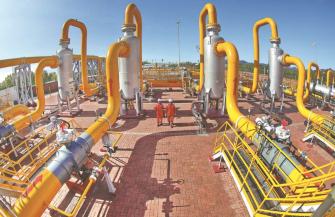China-Russia Energy Partnership: Embracing Hydrogen for a Greener Future
Key Ideas
- China and Russia are expanding their energy partnership beyond traditional fossil fuels to include hydrogen and renewables, strengthening global energy supply stability.
- The geographical advantage of direct oil and gas pipelines between the two countries enhances energy security and reduces political risks associated with transit routes.
- Both countries are focused on achieving carbon neutrality, with Russia aiming to be a major global hydrogen supplier and China offering advanced technology and market demand for hydrogen collaboration.
- Potential collaboration areas include low-carbon technologies, carbon capture, utilization and storage, and integration into carbon markets to support the transition to green energy.
The energy partnership between China and Russia is evolving towards a greener future, with a focus on hydrogen and renewables to complement their traditional fossil fuel trade. Zhang Xiuling, director of the Overseas Investment Environment Department at China National Petroleum Corp, emphasized the significant expansion of collaboration between the two countries over the past three decades. The partnership not only enhances energy security for China and Russia but also contributes to global energy supply chain stability and the balance of global energy demand and supply.
The China-Russia east-route natural gas pipeline, with substantial transmission capacity, plays a crucial role in meeting China's gas demand. Both countries are committed to deepening energy collaboration, with a strong emphasis on honoring long-term oil and gas trade contracts and ensuring stable and reliable supplies.
Russia is positioning itself to be a major global hydrogen supplier, focusing on blue hydrogen from natural gas and yellow hydrogen from nuclear power. China's expertise in hydrogen technology and increasing market demand align well with Russia's resource potential, setting the stage for comprehensive hydrogen industry collaboration.
The prospects for collaboration extend to low-carbon technologies, carbon capture, utilization and storage, and integration into carbon markets. Both countries, targeting carbon neutrality by 2060, have the opportunity to work together in transitioning towards green energy. The partnership signifies a shift towards a new era of green energy collaboration beyond traditional fossil fuels.
Topics
Blue Hydrogen
Renewable Energy
Geopolitics
Collaboration
Carbon Neutrality
Energy Partnership
Global Supply Chains
Carbon Markets
Oil And Gas Trade
Latest News
